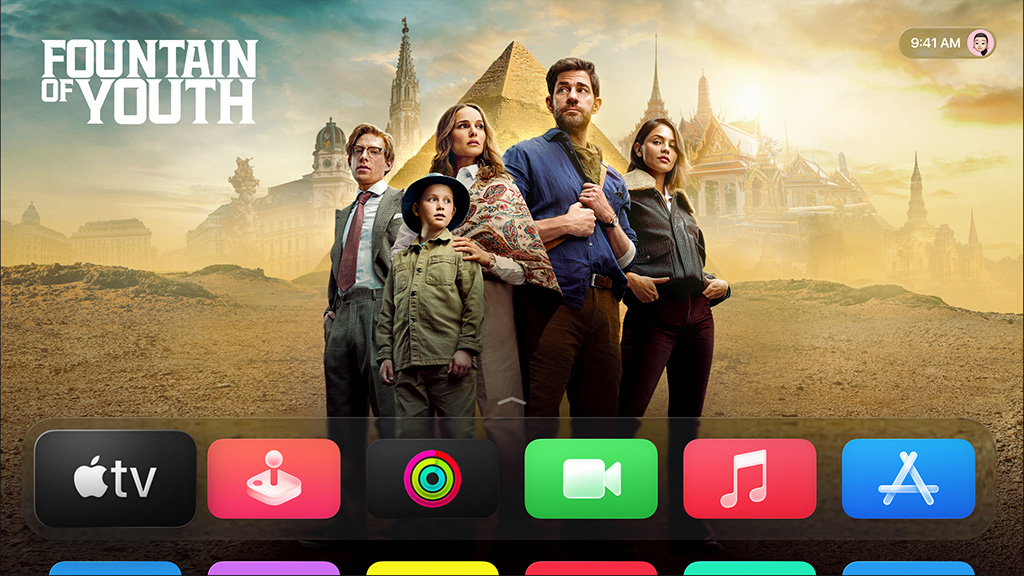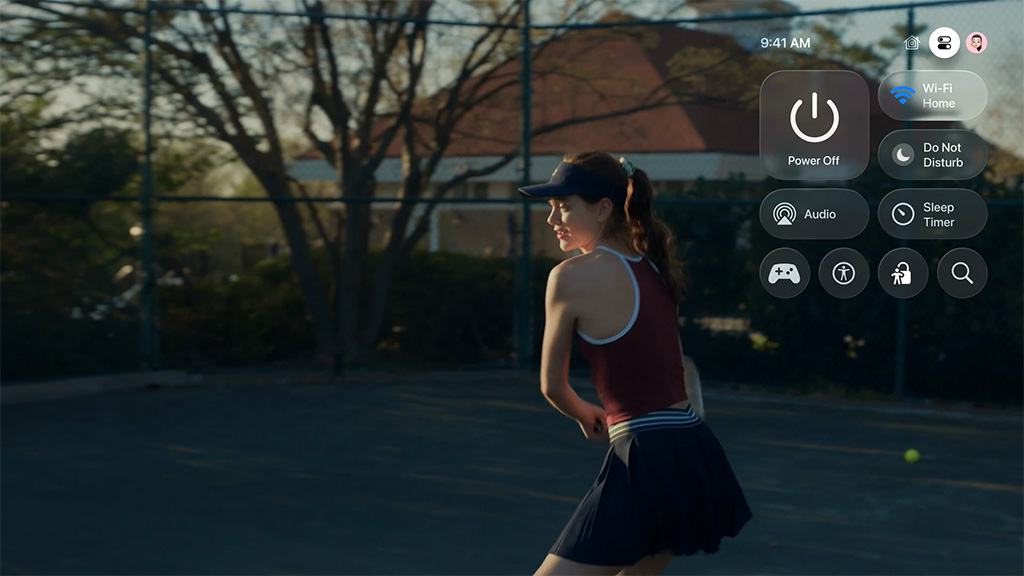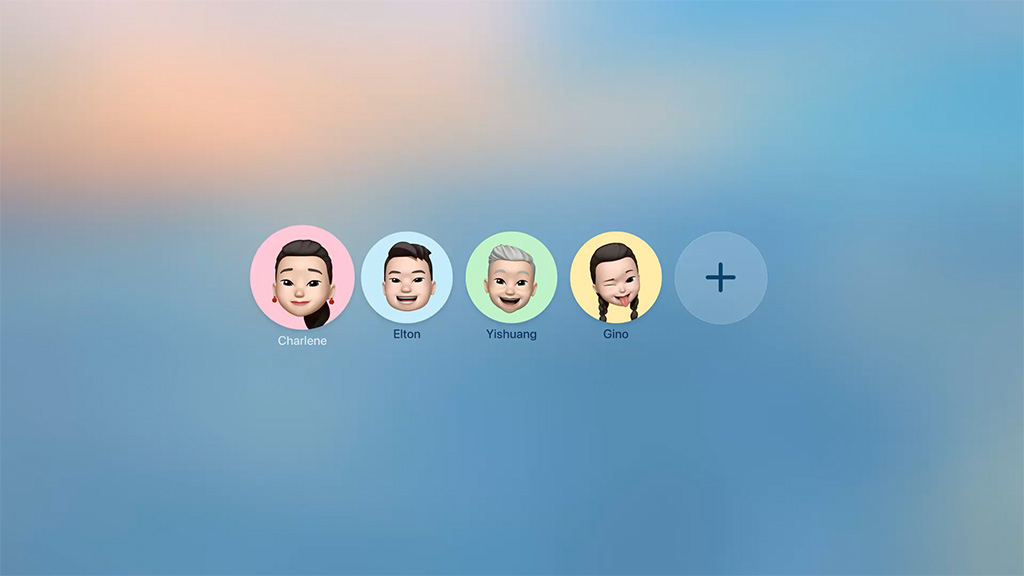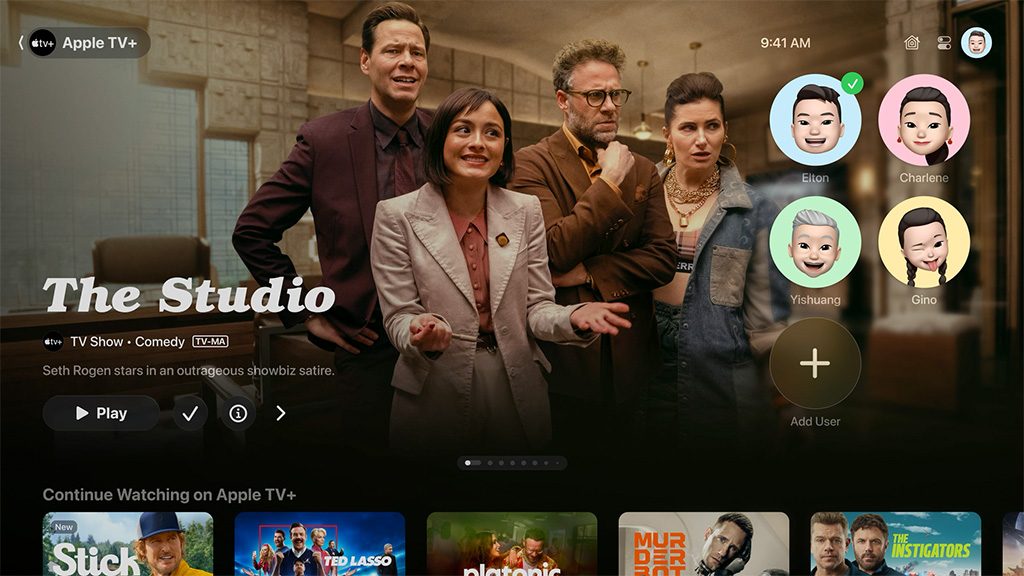Apple has announced an update to its user interface for the Apple TV, introducing what it calls Liquid Glass. The interface includes transparency effects that allow the video to show through, reflecting changes that are also being introduced to its operating system for handheld devices. The effects will only be available on later models of Apple TV.
The Apple tvOS 26 operating system brings the version numbering in line with ioS 26, in both cases representing a year.
It is a convention that Microsoft tried to introduce with Windows 95, intended to encourage users to upgrade, although it quickly sounded rather dated.

The frosted glass effects with refraction require more processing power but arguably elevate the Apple TV experience in comparison to other television user interfaces.

There is a clear attempt to harmonise the experience across the Apple ecosystem, including the distinctive user avatars, which users will either love or hate.

Users will have the choice to display `memoji` profile avatars automatically when Apple TV wakes, allowing them to get back to their recommendations and watchlist in the television app and to playlists in Apple Music.

There will also be a new way for developers to link app logins to an Apply Account, making it easier for users to sign in to their favourite apps, shows, and movies when setting up a new device.
A karaoke feature will transform an iPhone into a handheld microphone to allow users to sign along with lyrics shown on screen.
There is also a more personalised FaceTime experience at is consistent with that on mobile. Incoming call notifications will appear onscreen for the active profile, allowing users to answer on connected HomePod speakers or their iPhone.
The features are available for testing by developers, followed by a public beta test and a free software update available generally in the Autumn.
